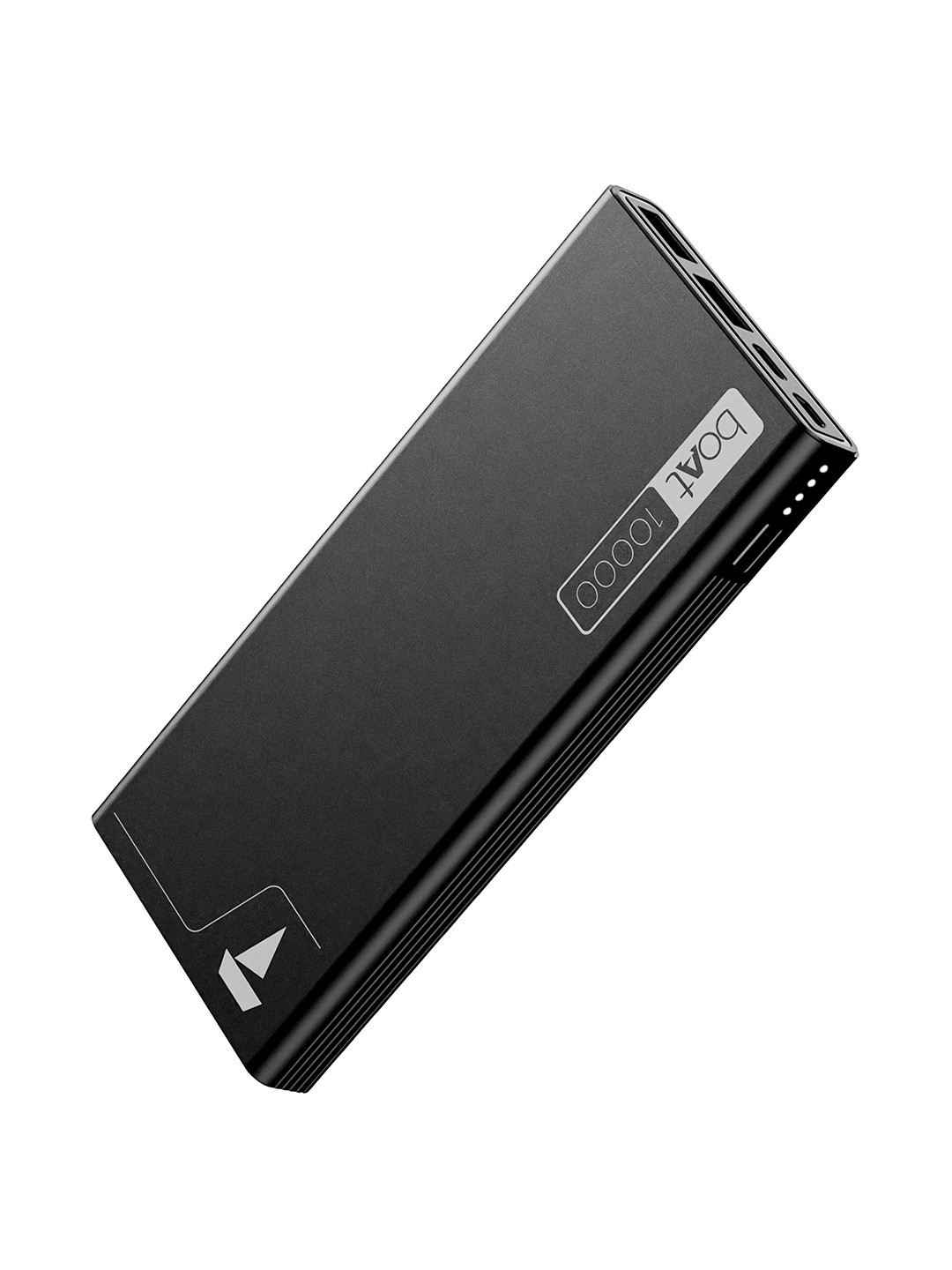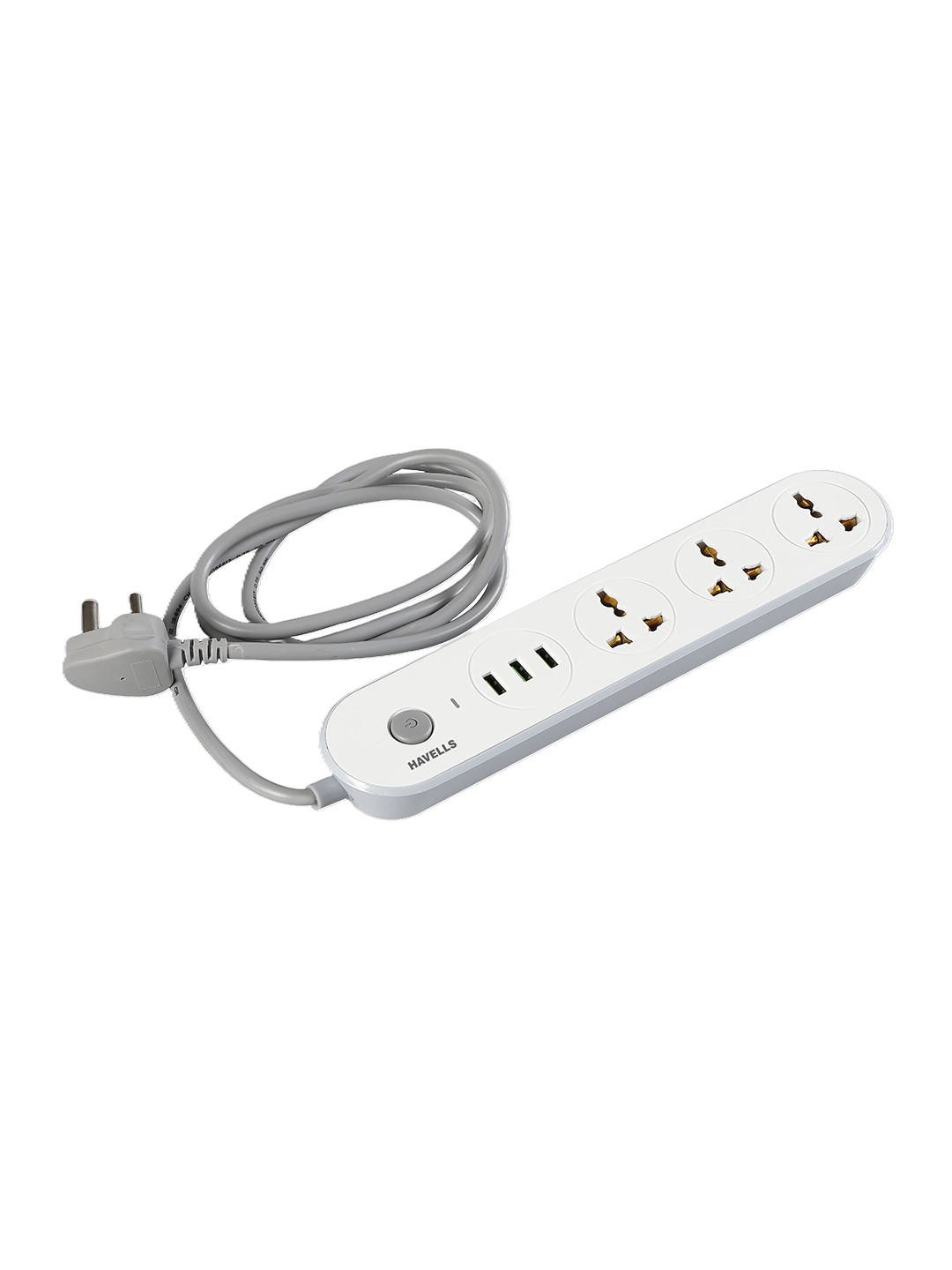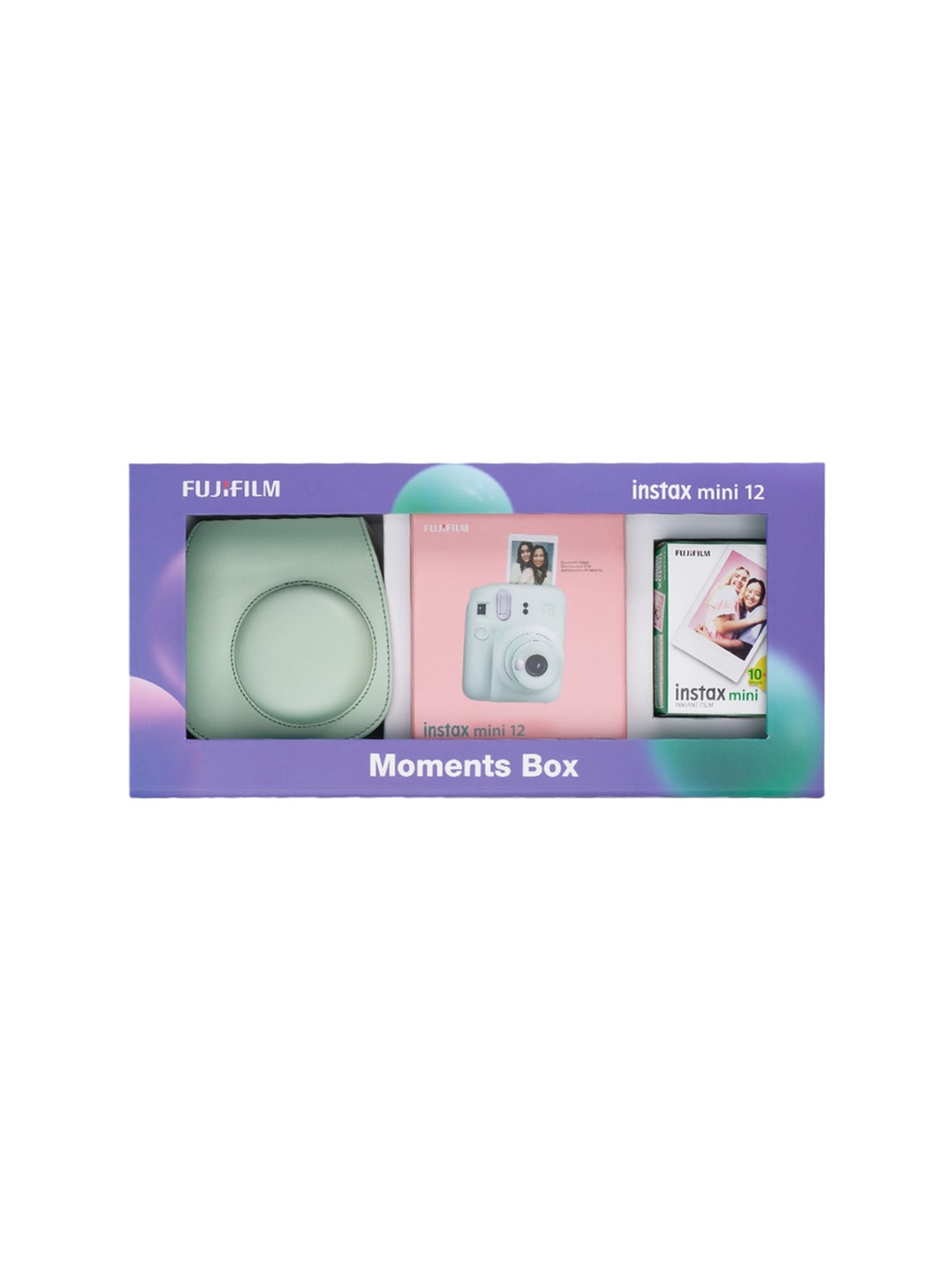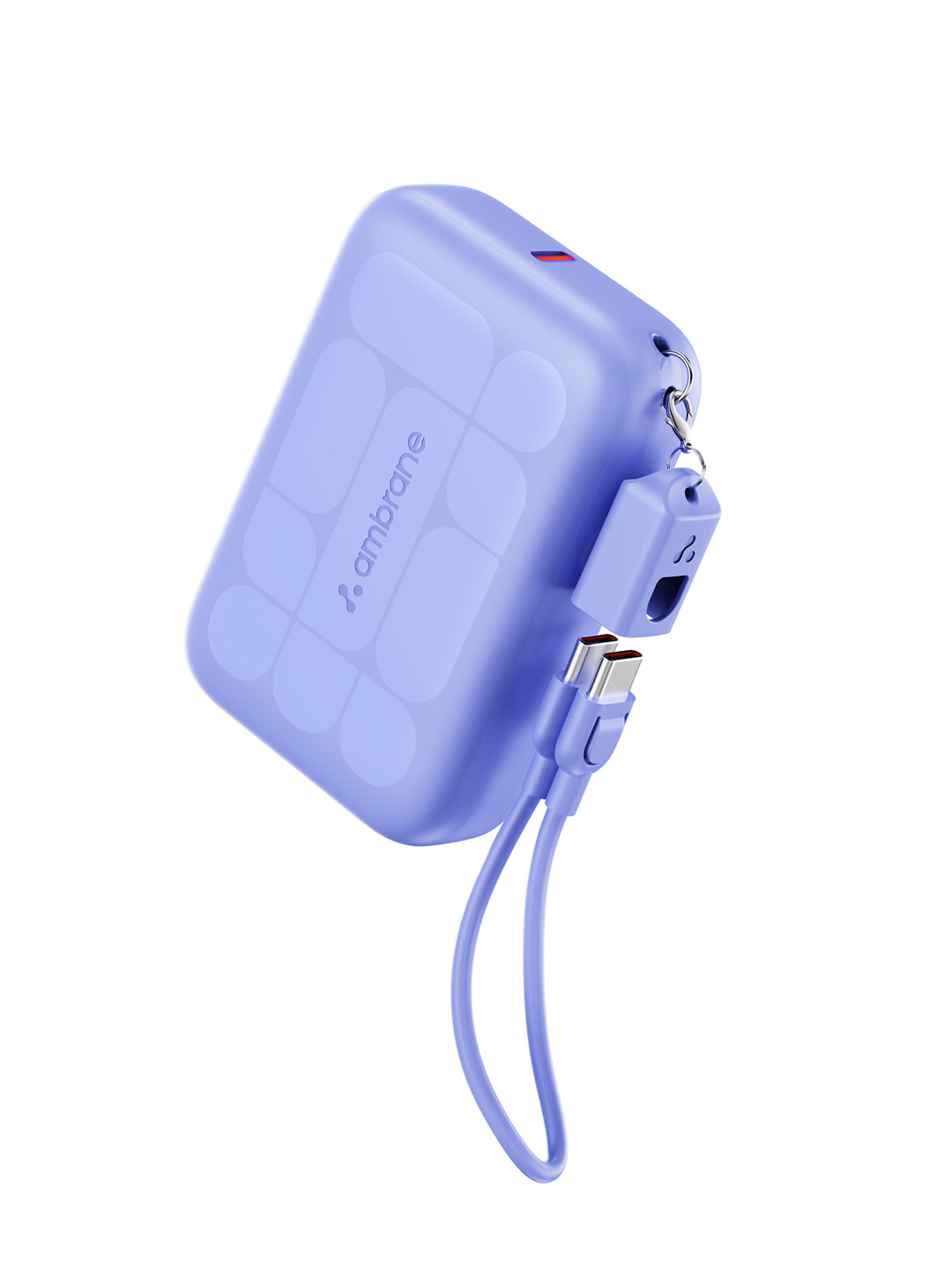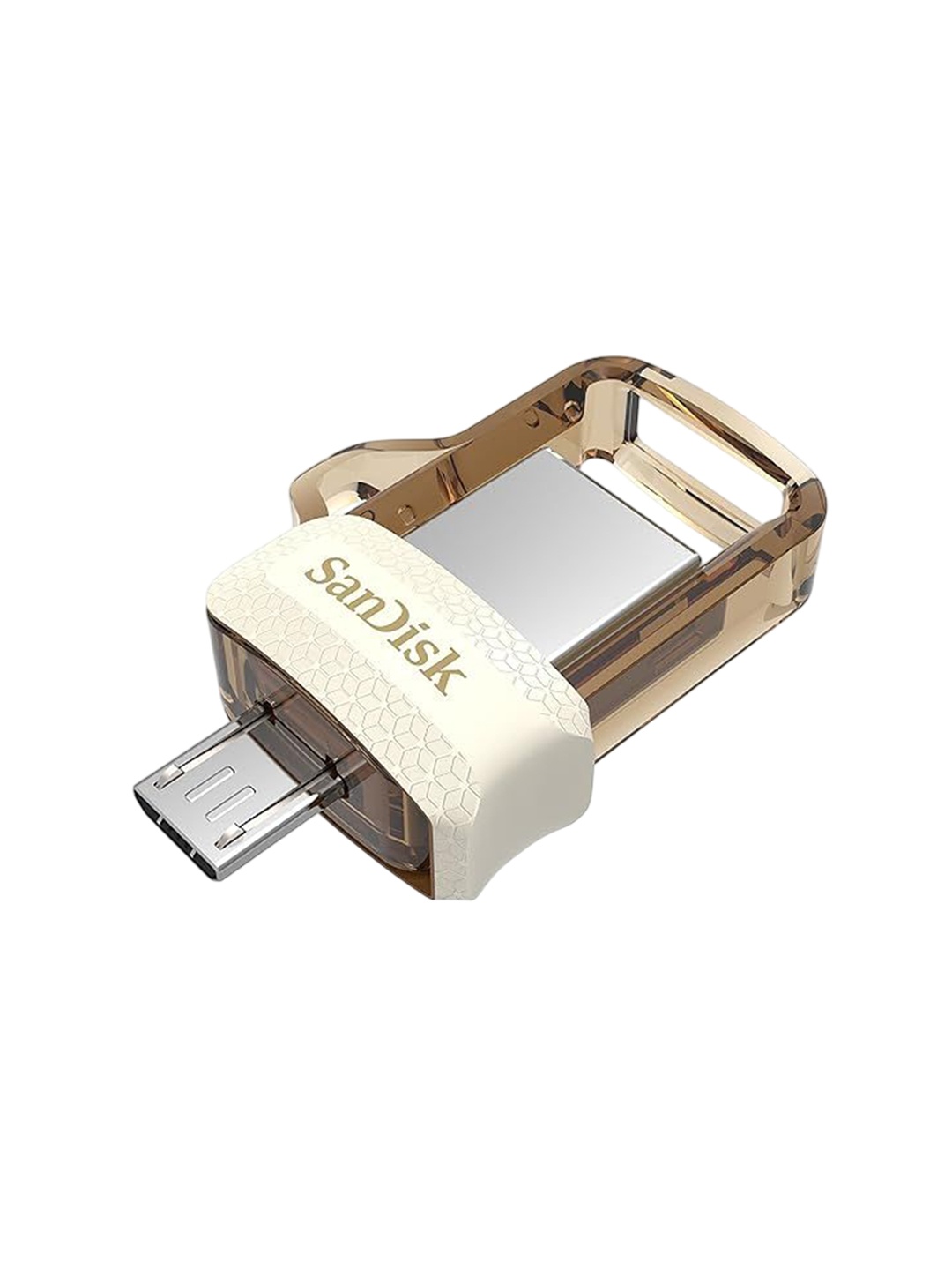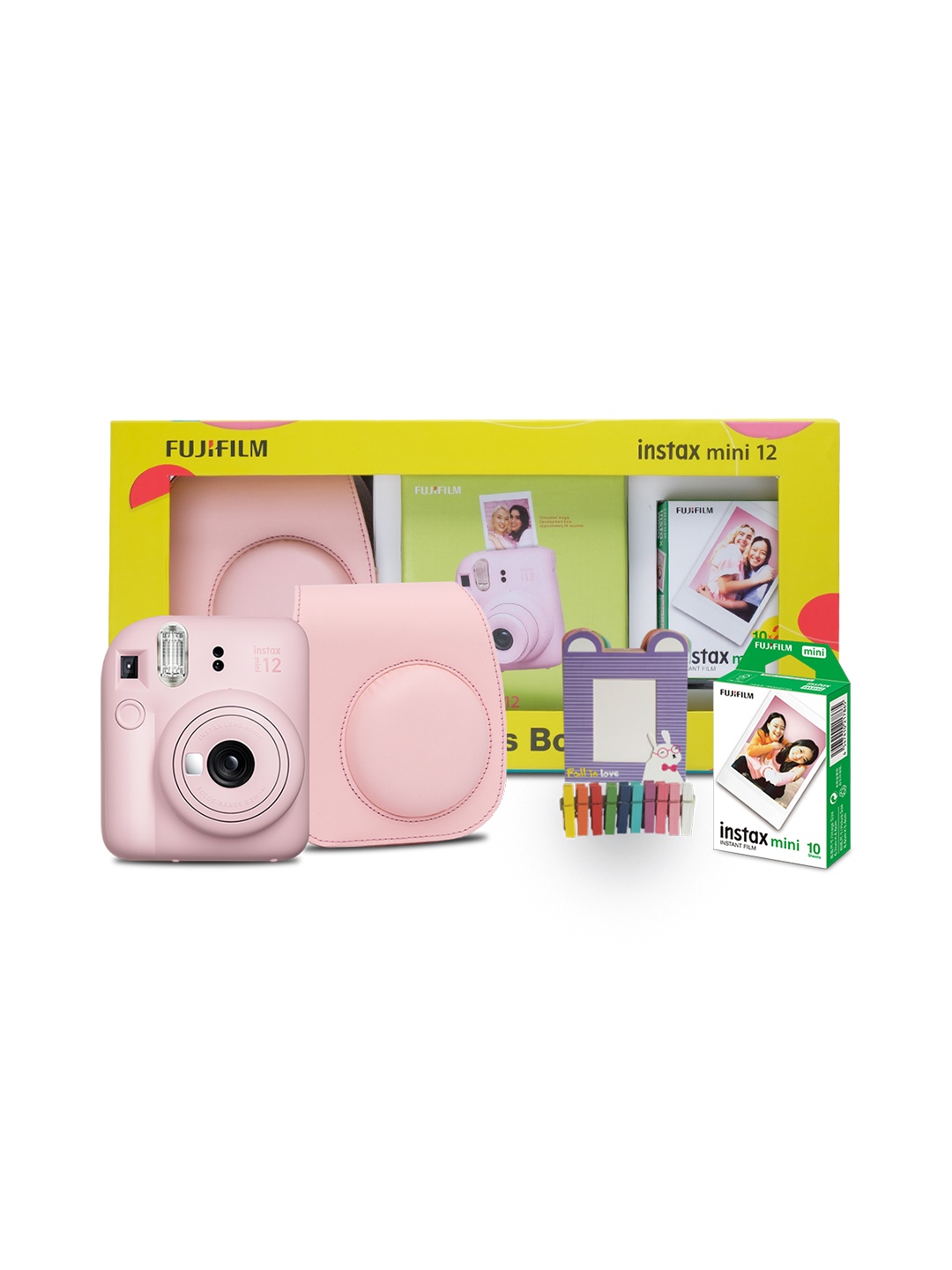How To Improve Bluetooth Range At Home Without Buying New Devices: 10 Top Tips
Bluetooth issues can turn a simple music session or work call into a frustrating game of guess the signal. With a few clever tweaks, you can enjoy seamless connectivity right at home, without spending a single extra rupee. Even simple things like reducing obstacles, placing devices optimally, and minimizing interference can help.

How to improve Bluetooth range at home without buying new devices: Here are some simple tips.
Many have suffered from a glitchy Bluetooth connection, especially during critically important times. And even though they wave the phone around like a magic wand, trying to reconnect, hoping the Bluetooth hears your cries, the signal remains erratic or elusive. This little drama plays out in many homes and offices. Bluetooth, for all its convenience, has a rather modest range, usually around 10 metres. Add in walls, furniture, or even that old metal almirah, and suddenly your connection starts playing hide-and-seek.
But here's the good news: extending your Bluetooth range doesn't mean you need a new phone or fancy signal boosters. With a mix of practical tricks and a touch of science, you can stretch that invisible thread of connectivity and make your home devices talk to each other more effectively. Here are 10 simple yet powerful ways to do it, without spending a single extra rupee.
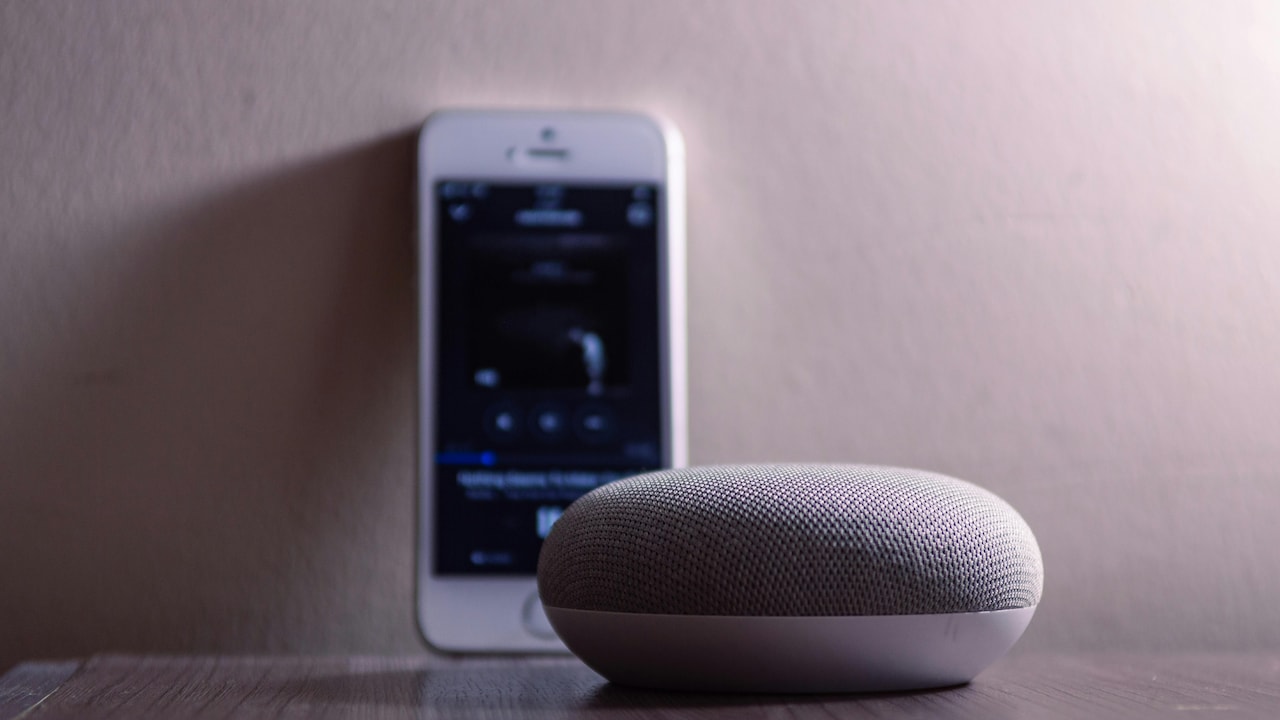
How To Improve Bluetooth Range At Home Without Buying New Devices
Photo Credit: Pexels
Practical Ways To Boost Bluetooth Range Without Spending A Rupee
1. Keep Your Devices in Line Of Sight
Bluetooth signals are like invisible threads; they prefer a straight, unobstructed path. The more objects in between, the weaker the connection. Walls, doors, and even human bodies (yes, we're mostly water, and water absorbs Bluetooth signals) can interfere.
So, start with the basics: reduce barriers. Keep your Bluetooth devices in the same room or at least within visual contact when possible. If you use a speaker in the living room, try placing it near an open doorway instead of behind furniture. When working on a laptop connected to wireless headphones, avoid keeping your phone tucked in a drawer or your pocket.
A simple rearrangement can make a world of difference. Think of it like aligning two friends shouting across a corridor; clear sight means clearer sound. You don't need tech wizardry, just a bit of mindful placement.
2. Reduce Electronic Interference
Bluetooth operates in the 2.4 GHz frequency range, the same range used by Wi-Fi routers, microwave ovens, cordless phones, and baby monitors. When too many devices crowd this frequency, your Bluetooth connection has to fight for space.
To fix this, identify potential culprits. If your Bluetooth headphones cut out whenever the microwave runs or Wi-Fi speeds drop when your Bluetooth speaker plays, interference might be the cause. Try turning off unused Wi-Fi networks, moving your router away from Bluetooth devices, or changing your Wi-Fi channel to 5 GHz if your router supports it.
Even something as simple as keeping your Bluetooth gadgets away from metal surfaces (like a steel shelf) can help. Metal reflects signals, creating dead zones. A little rearrangement around your desk or entertainment setup might just bring back that smooth, uninterrupted connection.
3. Update Your Device Firmware
Software might not sound like it affects range, but it plays a huge role. Manufacturers often release updates to fix bugs, improve connectivity, and optimise Bluetooth performance. Outdated firmware can make even new devices behave like moody teenagers, disconnected, unresponsive, and unpredictable.
Check for updates in your phone, laptop, or Bluetooth speaker settings. Many modern devices allow over-the-air updates that take just a few minutes. Keeping your firmware fresh ensures your devices speak the same “Bluetooth language” efficiently.
Think of it as tuning a radio; when both ends are on the same wavelength, the connection becomes smoother. So before blaming weak range, make sure your software isn't stuck in the past.
Also Read: Bluetooth Speaker Sounds Flat Indoors? Know Why And How To Fix It
4. Adjust Device Placement Strategically
Placement can make or break Bluetooth range. Signals tend to travel better upwards and across open spaces, so avoid placing your Bluetooth device directly on the floor or near corners. Height helps; try keeping your Bluetooth speaker on a table instead of the ground, or your router on a shelf instead of under the TV cabinet.
If you notice dropouts in specific areas of your home, experiment with moving your devices a few feet in different directions. Sometimes, even a slight change in position can dramatically improve signal quality.
Also, avoid stacking multiple electronic gadgets together. For example, don't sandwich your Bluetooth receiver between a set-top box and a router. Give it breathing room, Bluetooth waves need their space to dance freely.
5. Clear Old Pairings
Bluetooth devices can hold onto old connections like sentimental hoarders. Your phone might remember a dozen speakers, headphones, and smart bands, which can sometimes cause confusion and connectivity drops.
Go into your Bluetooth settings and clear out the unused pairings. Removing the clutter not only simplifies the connection process but can also improve signal reliability. When your device doesn't have to juggle multiple remembered devices, it can focus better on the one currently in use.
It's a bit like cleaning your wardrobe, once you get rid of what you don't use, everything feels lighter and works better.
6. Use Reflective Surfaces Smartly
While metal can block signals, sometimes it can also help reflect them strategically. If your Bluetooth signal struggles to reach across rooms, placing your speaker or adapter near a reflective wall or surface might actually bounce the signal further.
For example, a Bluetooth receiver near a polished wooden door or tiled wall can gain a subtle boost because those surfaces help redirect signal waves. Just don't place devices behind metallic objects. Instead, experiment with positioning; sometimes, small tweaks bring big surprises.
This trick is especially handy in compact flats, where space is tight and walls are thick. The goal is to guide the signal's path, not block it. Think of it like using mirrors to spread light across a dimly lit room.
7. Keep Devices Cool and Charged
Heat and low battery levels both affect Bluetooth performance. When a device overheats, internal components work less efficiently, leading to reduced signal strength. Similarly, when battery levels dip, devices may automatically lower power output to save energy, which can weaken Bluetooth range.
Always ensure your gadgets are adequately charged; above 30% is a safe bet. Avoid placing them in direct sunlight or on surfaces that trap heat. For instance, keeping your Bluetooth speaker on a sunny windowsill might shorten both its range and lifespan.
Cool, charged, and well-placed devices communicate better, like people who've had enough sleep and a good cup of tea.
8. Avoid Overcrowding the Bluetooth Network
Bluetooth 5 and newer versions can handle multiple simultaneous connections, but older versions may struggle when too many devices are linked at once. If you've paired your phone with wireless earbuds, a smartwatch, and a car infotainment system all at once, it may start acting up.
Disconnect devices you're not actively using. Fewer connections mean less confusion and stronger signals. If your phone seems overwhelmed, turn Bluetooth off and on again to reset the connection matrix.
It's similar to traffic, too many vehicles on a single road slow everyone down. Giving your Bluetooth connection a clearer lane makes it run much smoother.
9. Use Signal Boosters (DIY-Style)
Before rushing to buy an expensive Bluetooth range extender, try a few creative DIY hacks. Some people have had success using simple household items to subtly redirect Bluetooth signals.
For instance, placing your Bluetooth adapter near a clean metal bowl can sometimes amplify its reach, acting as a crude parabolic reflector. Similarly, repositioning your Bluetooth speaker inside an open shelf can focus its signal outward rather than letting it scatter.
Of course, these are not guaranteed miracles, but experimenting costs nothing and can yield surprisingly good results. Plus, there's a certain joy in tweaking things around your home and discovering what works best.
10. Know Your Bluetooth Version
Different Bluetooth versions have different ranges and efficiencies. While Bluetooth 4.0 generally works within 10 metres, Bluetooth 5.0 can extend up to 40 metres indoors and 200 metres in open space.
Even if your phone or laptop supports Bluetooth 5.0, your older speaker might still be stuck at 4.0, meaning the connection will default to the older version's limitations. Knowing your devices' specifications helps set realistic expectations.
If you're troubleshooting poor range, check which version your gadgets use (found in device manuals or online specs). Sometimes, simply pairing two newer devices together can give an instant range upgrade without any additional expense.
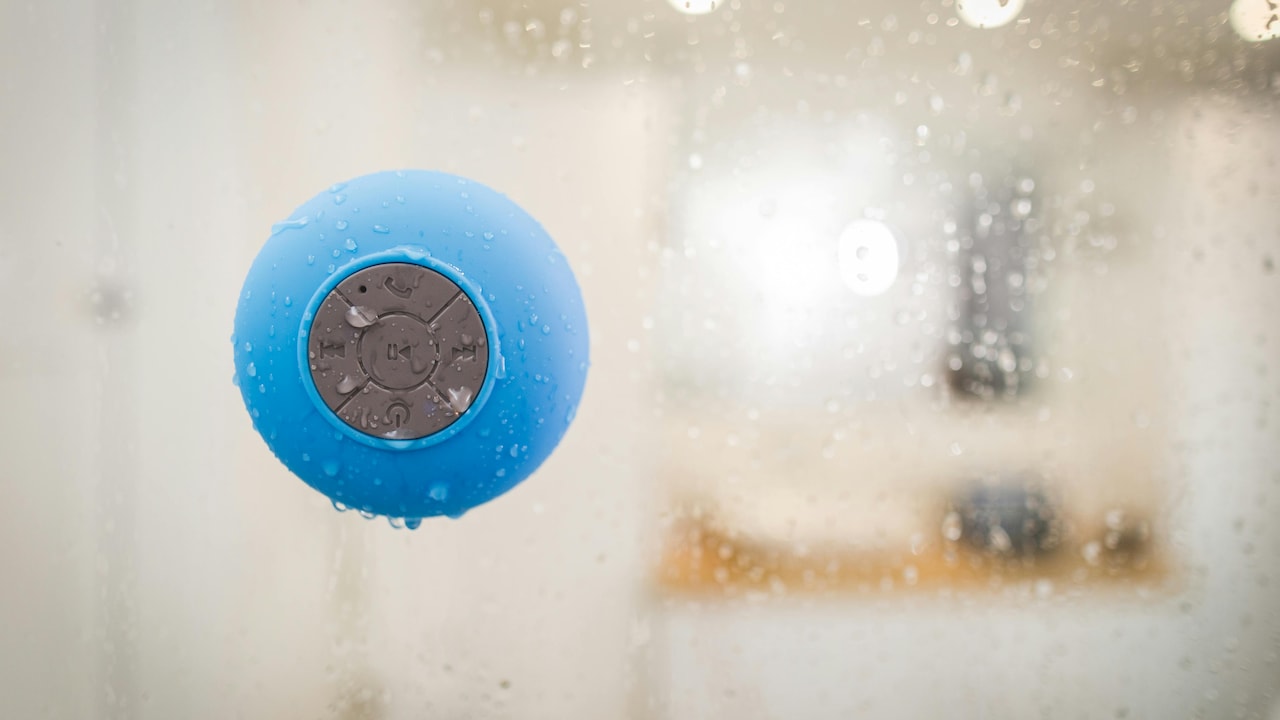
How To Improve Bluetooth Range At Home Without Buying New Devices
Photo Credit: Pexels
Products Related To This Article
1. Marshall Emberton II Compact Portable Bluetooth Speaker with 30+ Hours of Playtime
2. Boat Stone 352 Pro/Stone 358 Pro w/ 14W Signature Sound
3. Portronics Apollo One 20W Wireless Bluetooth Portable Speaker with Wireless Karaoke Mic
4. JBL Go 3
5. Mivi Roam 2 Bluetooth 5W Portable Speaker,24 Hours Playtime
Improving Bluetooth range at home doesn't always require buying new gadgets or diving into complicated setups. It's often about understanding how signals travel, how your environment affects them, and how to give your devices the best chance to communicate clearly.
From rearranging furniture and reducing interference to keeping devices charged and updated, small mindful changes can deliver big improvements. With a pinch of curiosity and a touch of experimentation, you can make your Bluetooth connections stronger, steadier, and far more reliable, without spending a single extra rupee.
After all, the best technology upgrades often come not from new purchases, but from understanding and optimising what's already in your hands.
Disclaimer: The images used in this article are for illustration purpose only. They may not be an exact representation of the products, categories and brands listed in this article.







